Rivian presents the R2 E-SUV for 45,000 dollars
Both models are based on a new platform and come with a choice of one, two or three electric motors. With the three-motor drive, two motors are installed on the rear axle and one at the front. That should enable both models to accelerate from a standstill to 60 mph (96 kph) in under three seconds – Rivian did not provide comparative figures for the single and dual motor.
A structural battery with new 4695 cells – i.e. round cells with a diameter of 46 millimetres and a height of 95 millimetres – is used. Rivian has not yet specified the energy content of the battery pack with these cells. The manufacturer only announced that there will be two battery options (and not three as in the two R1 models) and that the larger battery in the R2 should enable a range of over 300 miles – i.e. around 480 kilometres. It is clear that both models will be charged natively with NACS in North America and that an adapter will be required for CCS charging stations. The charging process from ten to 80 per cent should take less than 30 minutes.
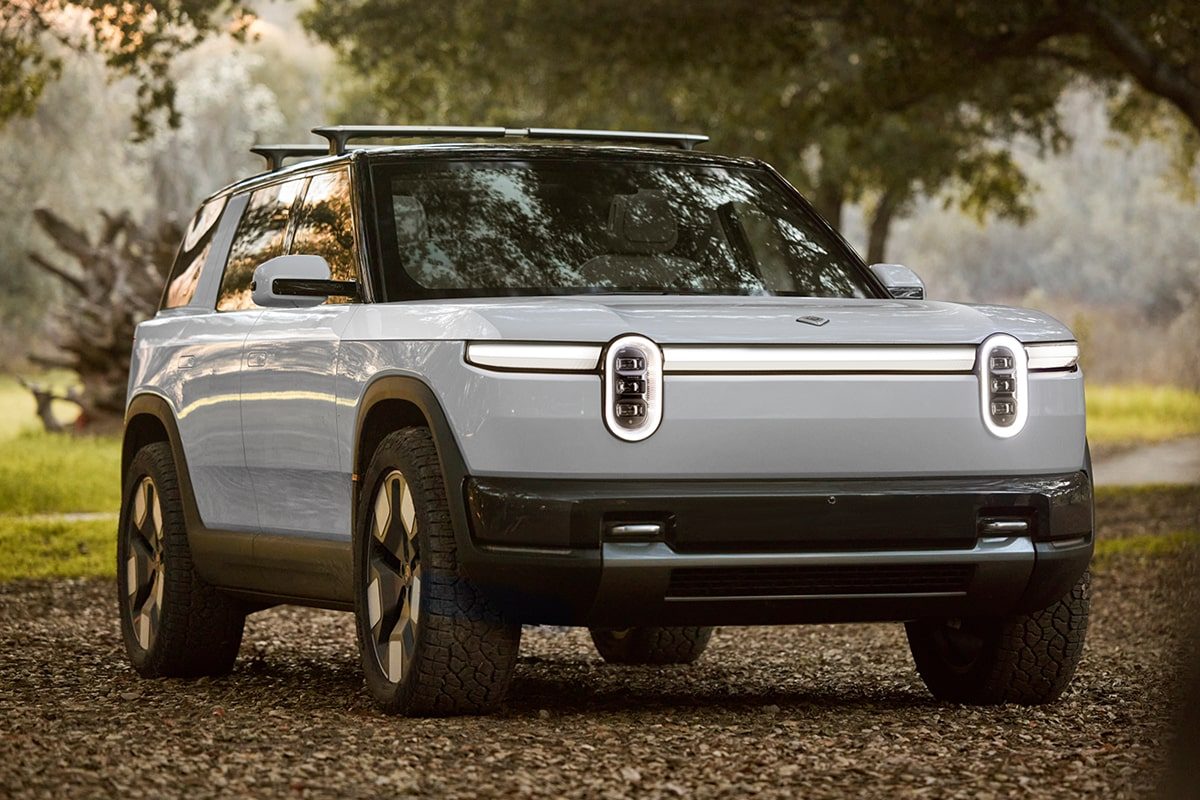
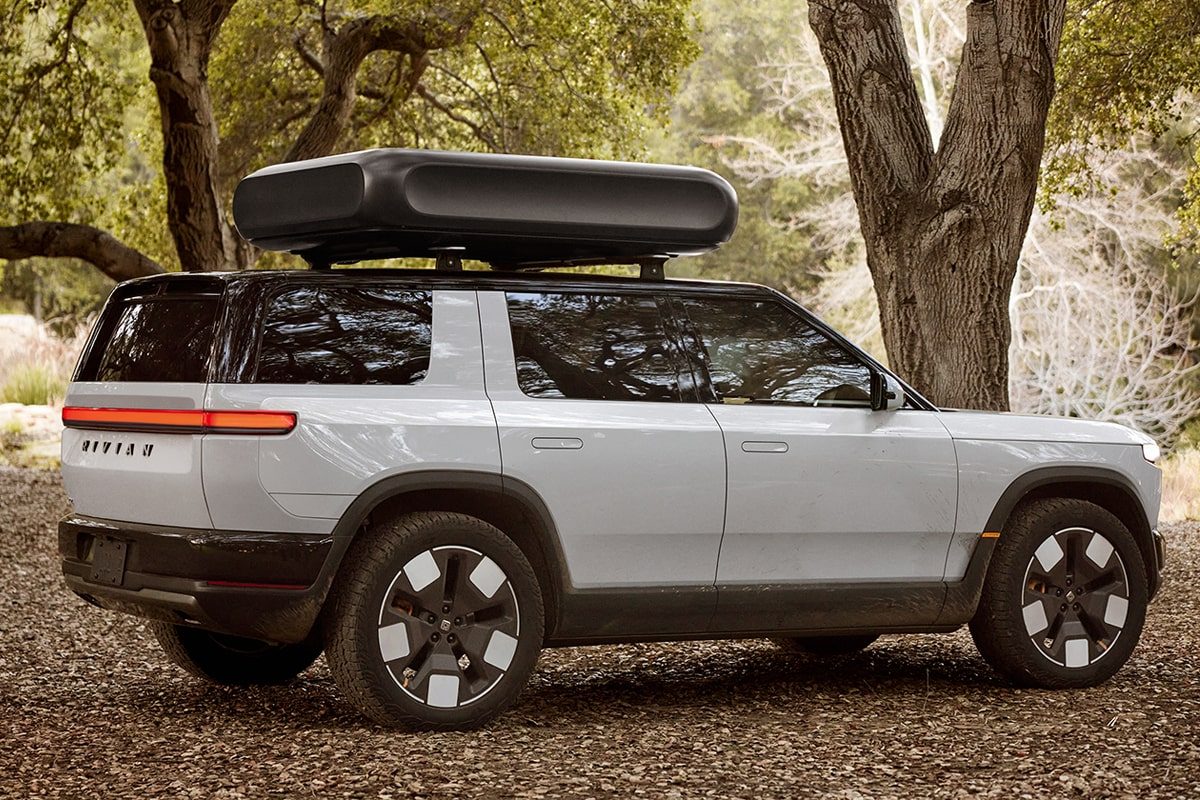
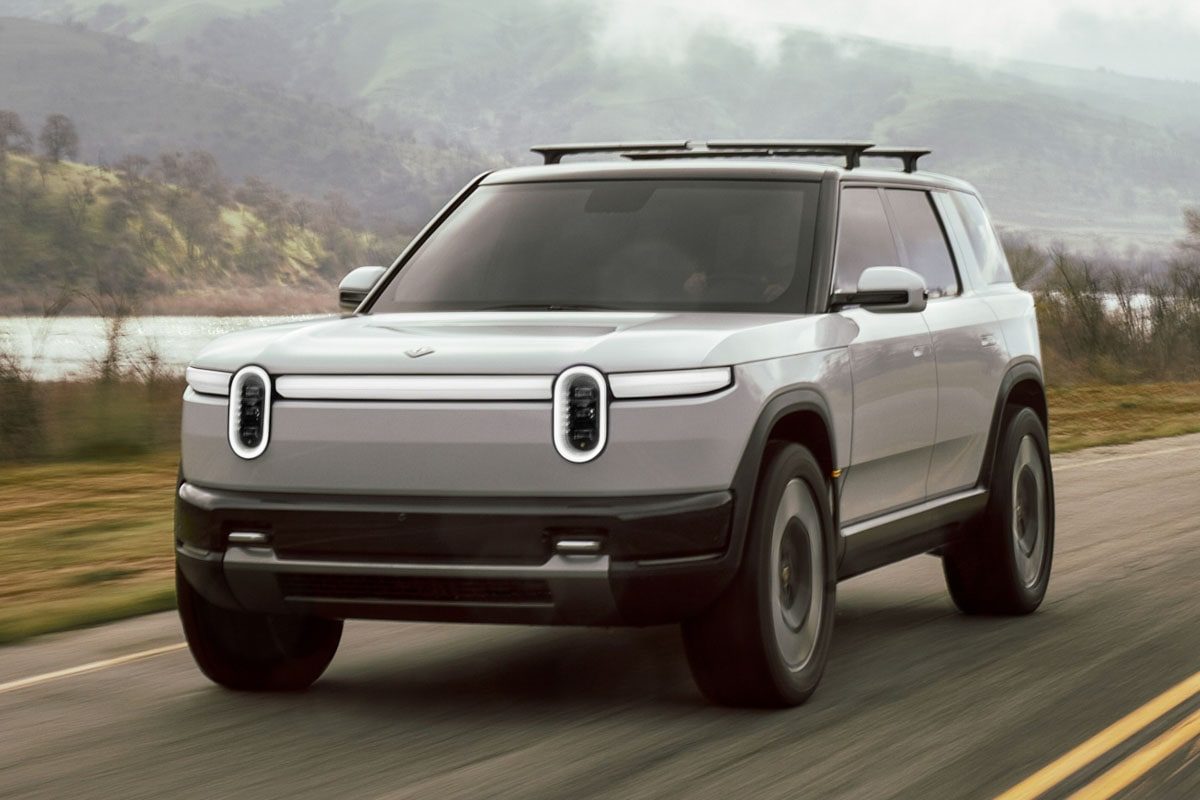
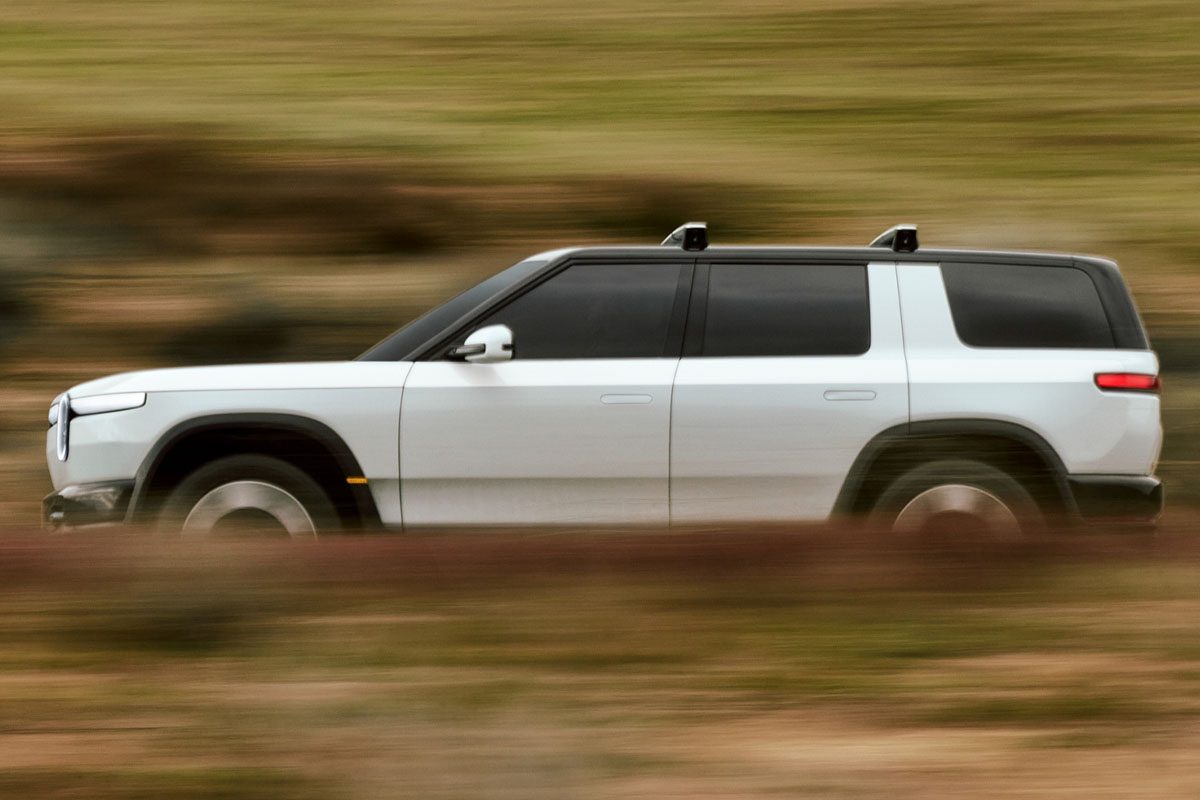
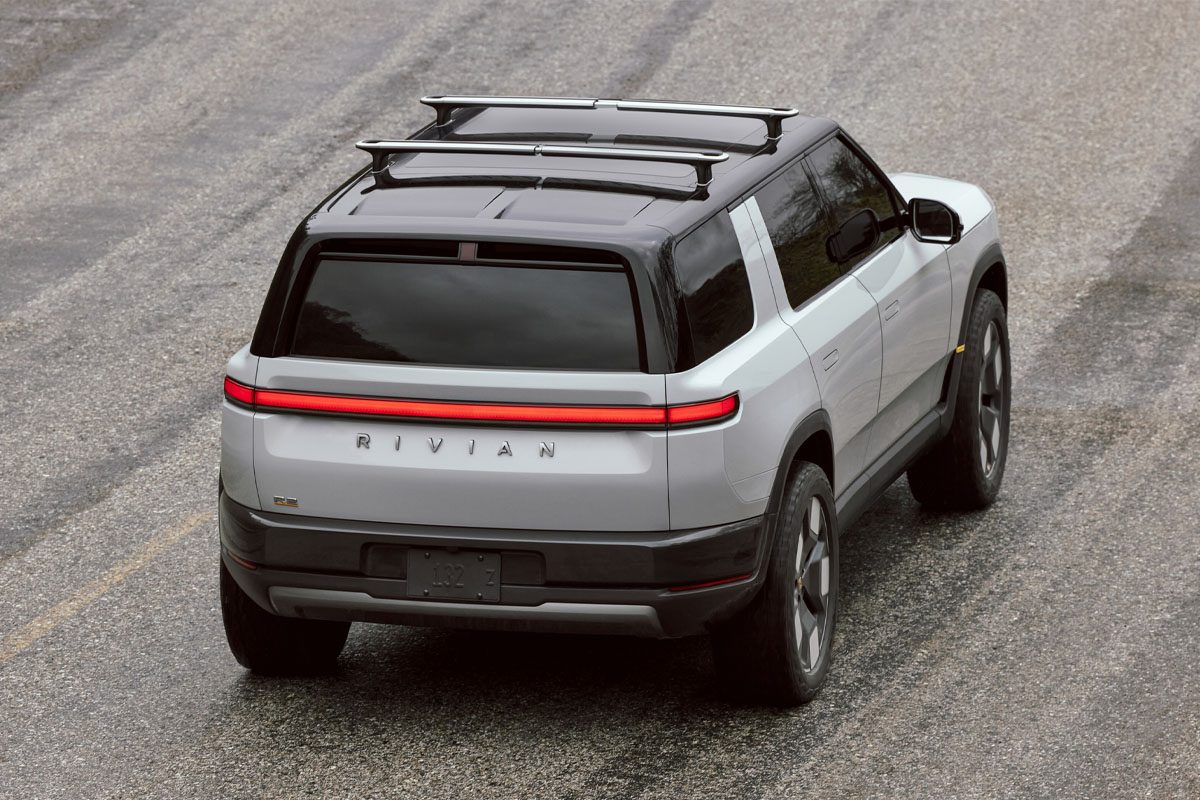
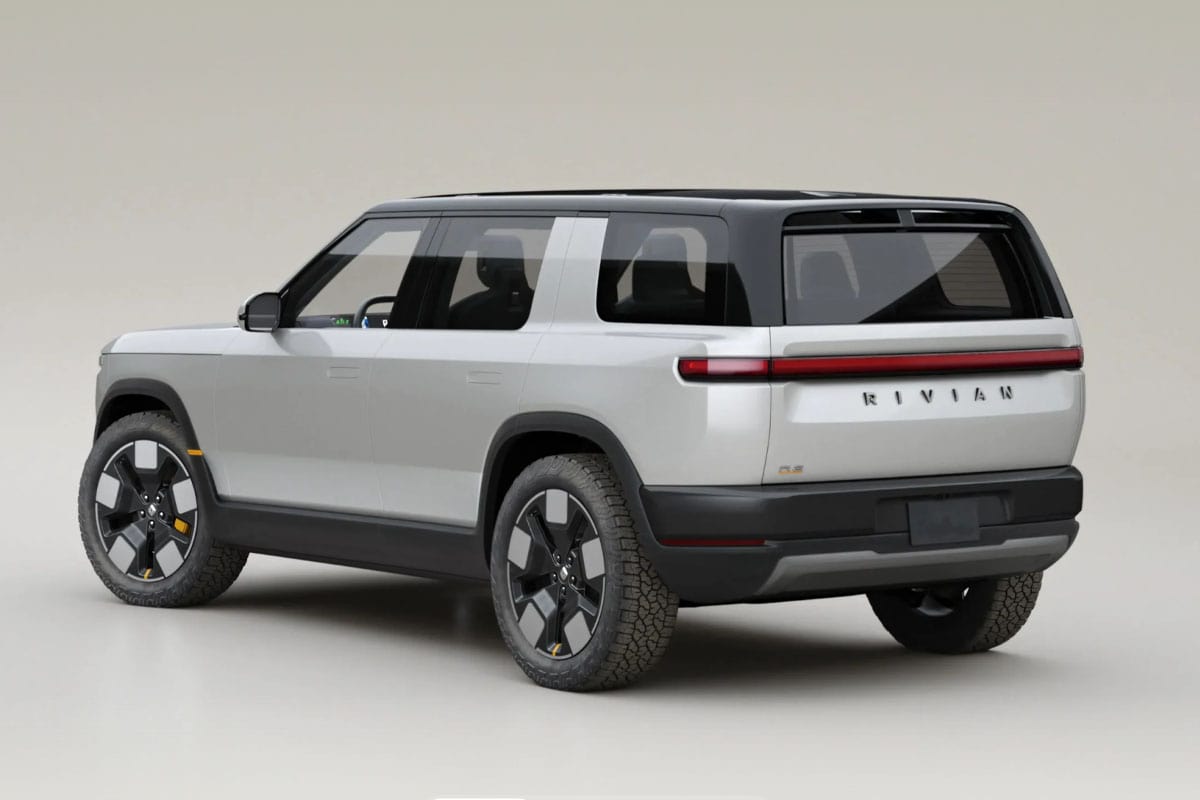
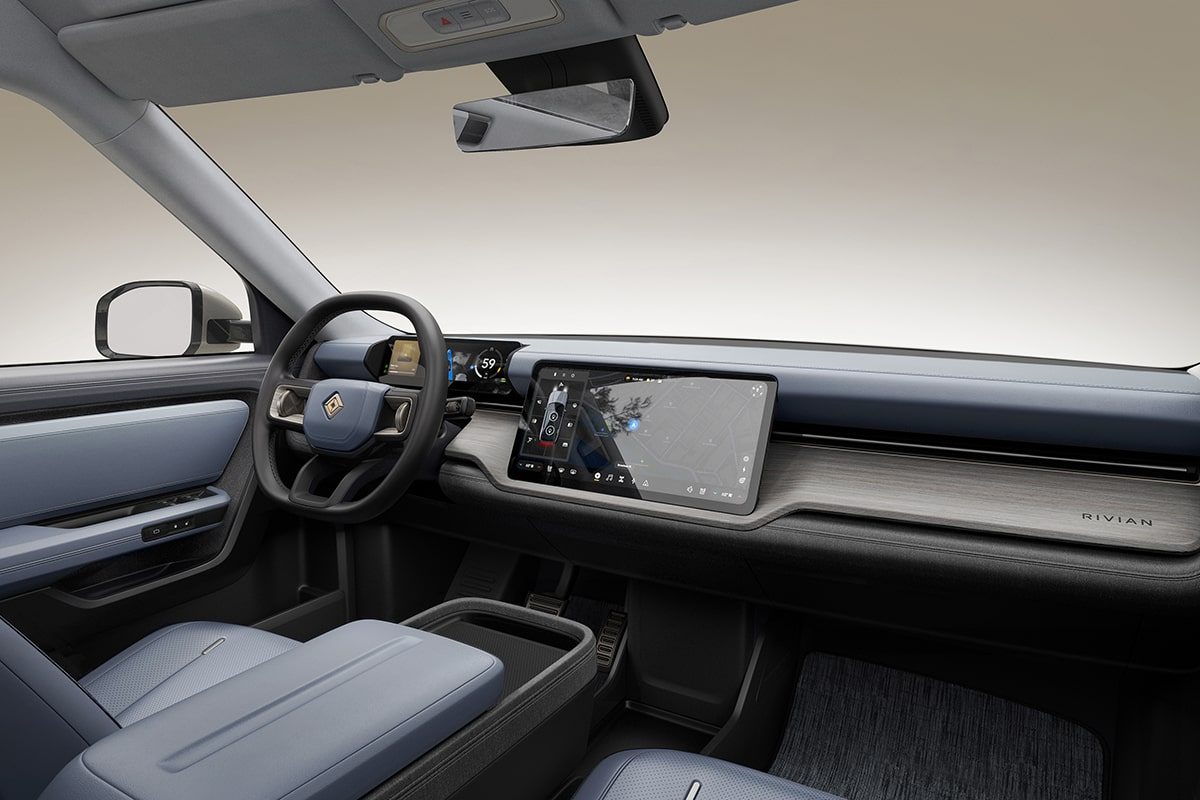
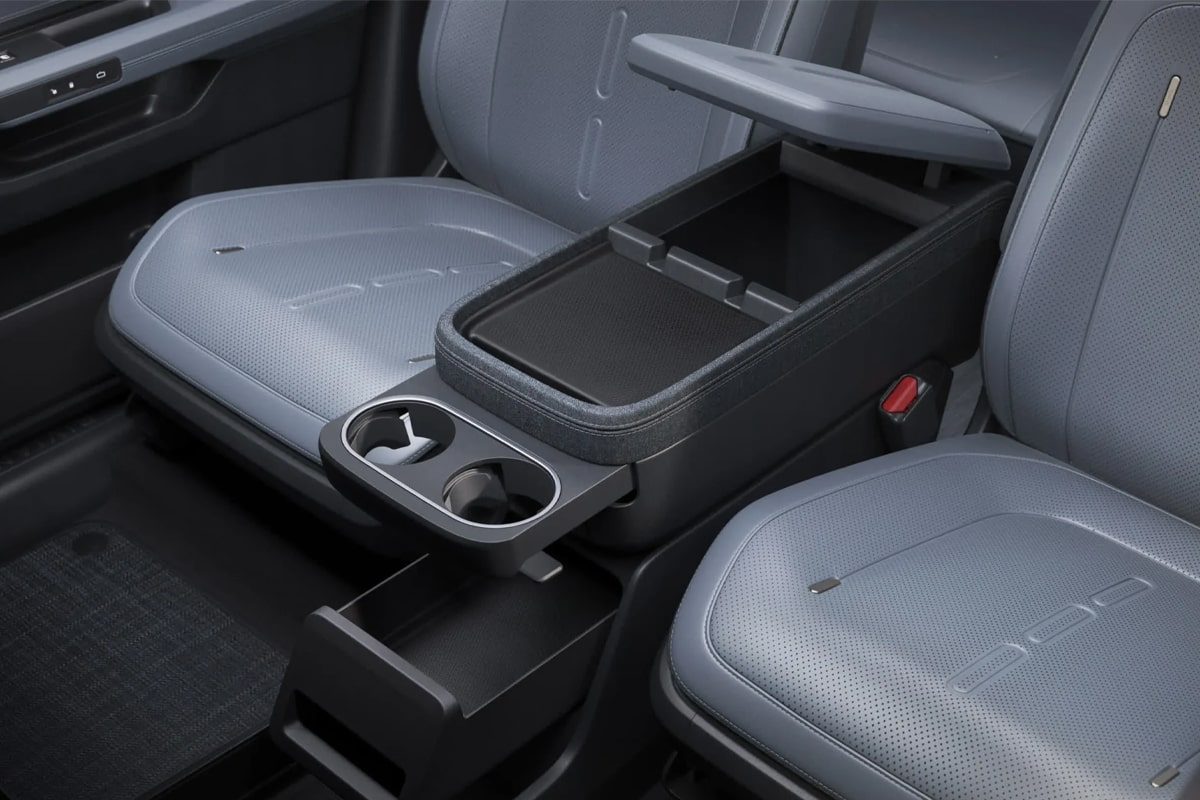
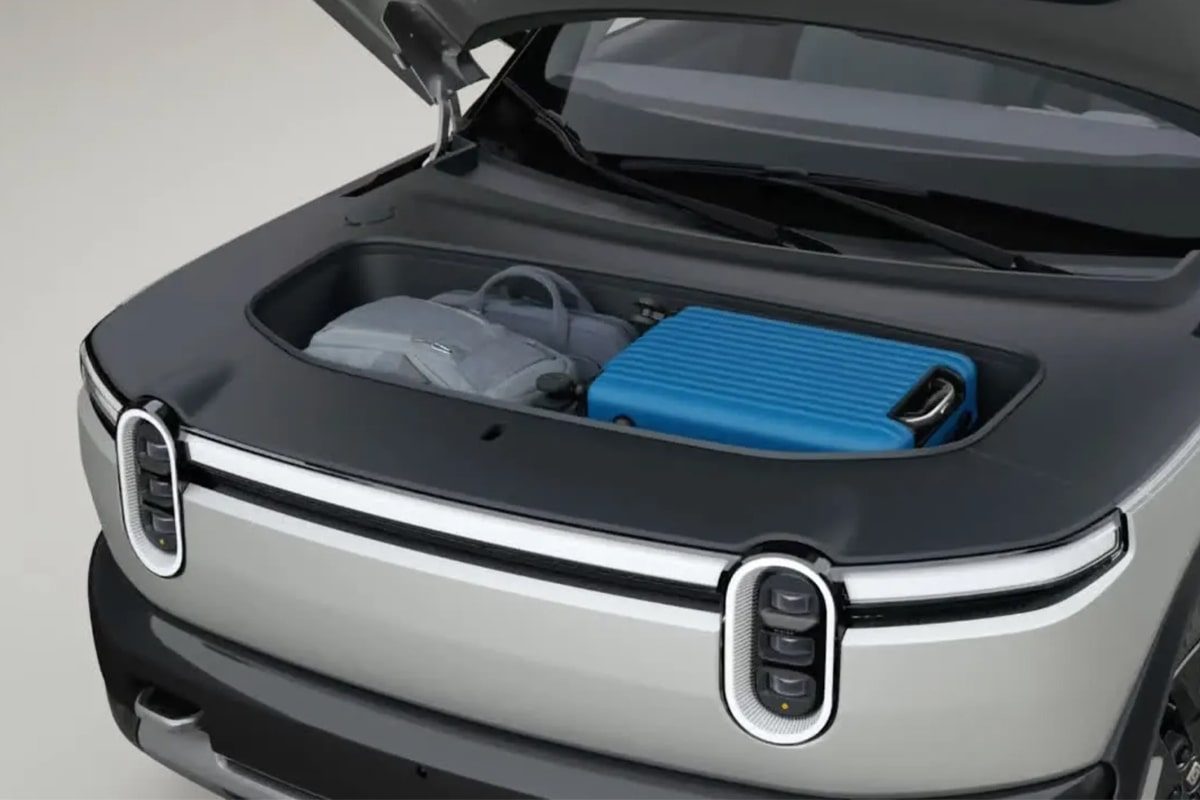
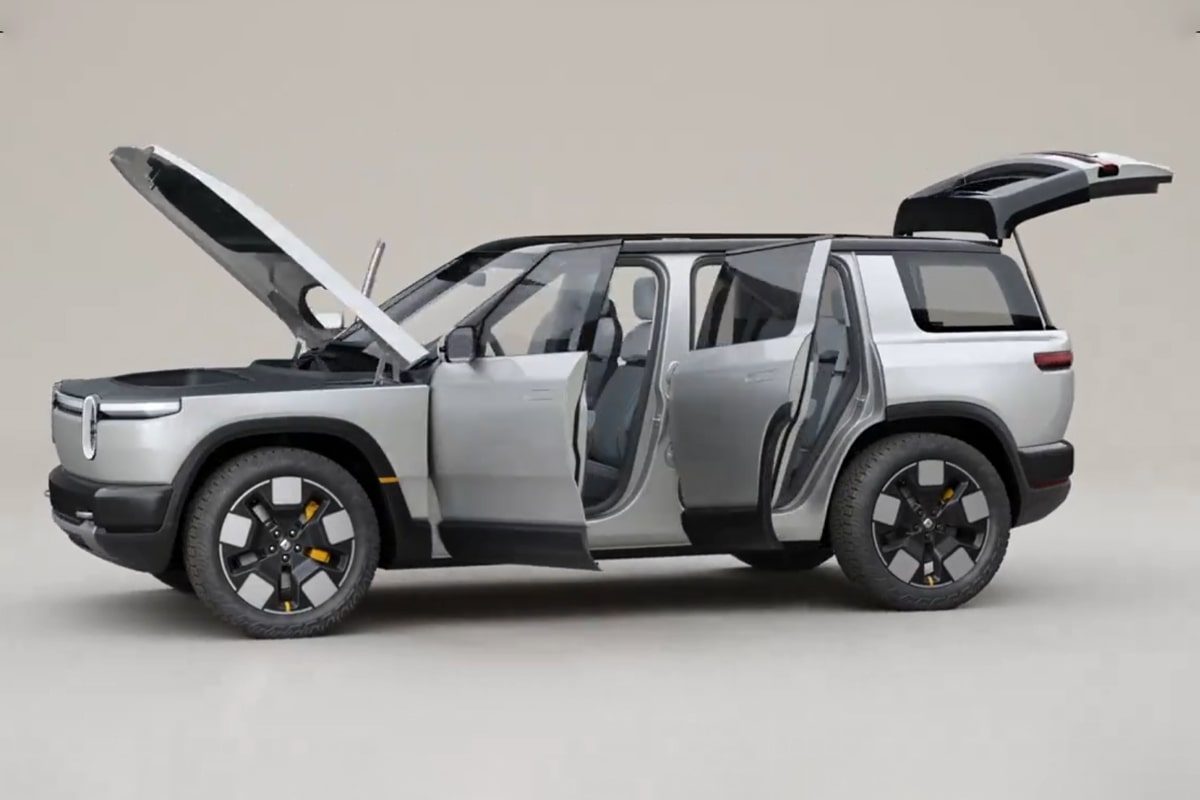
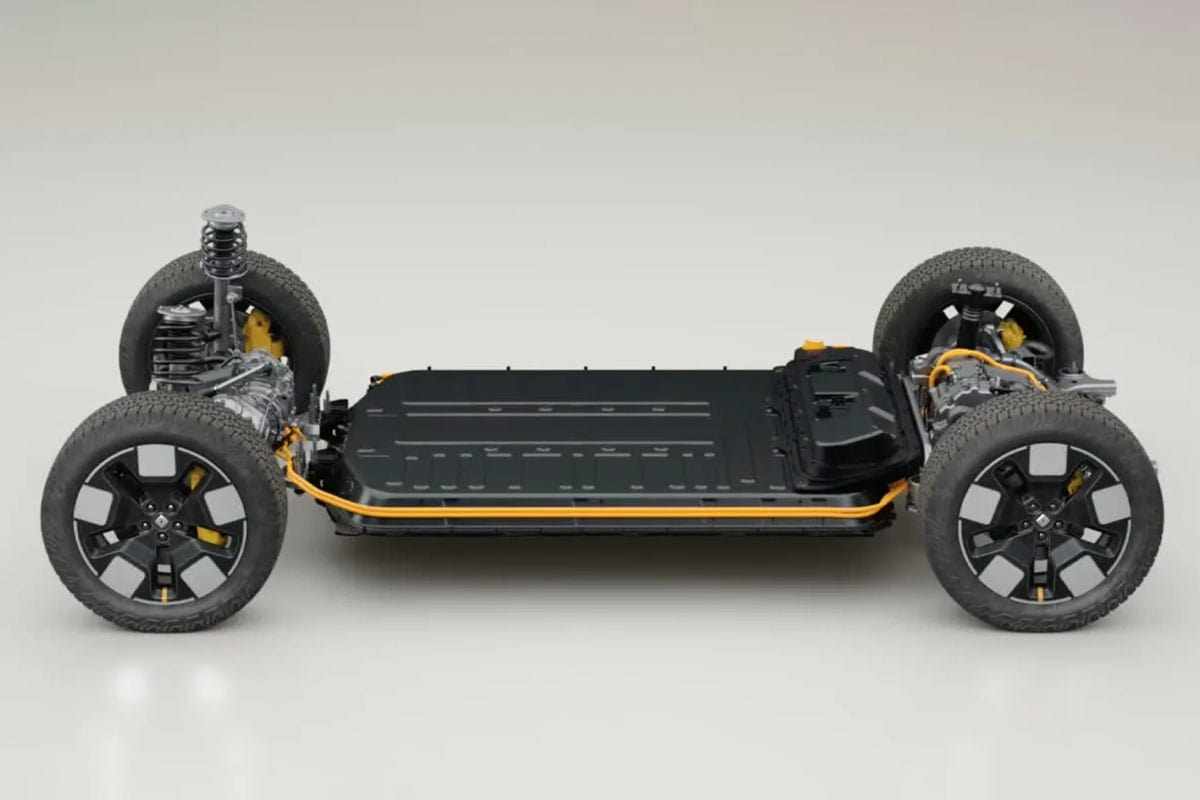
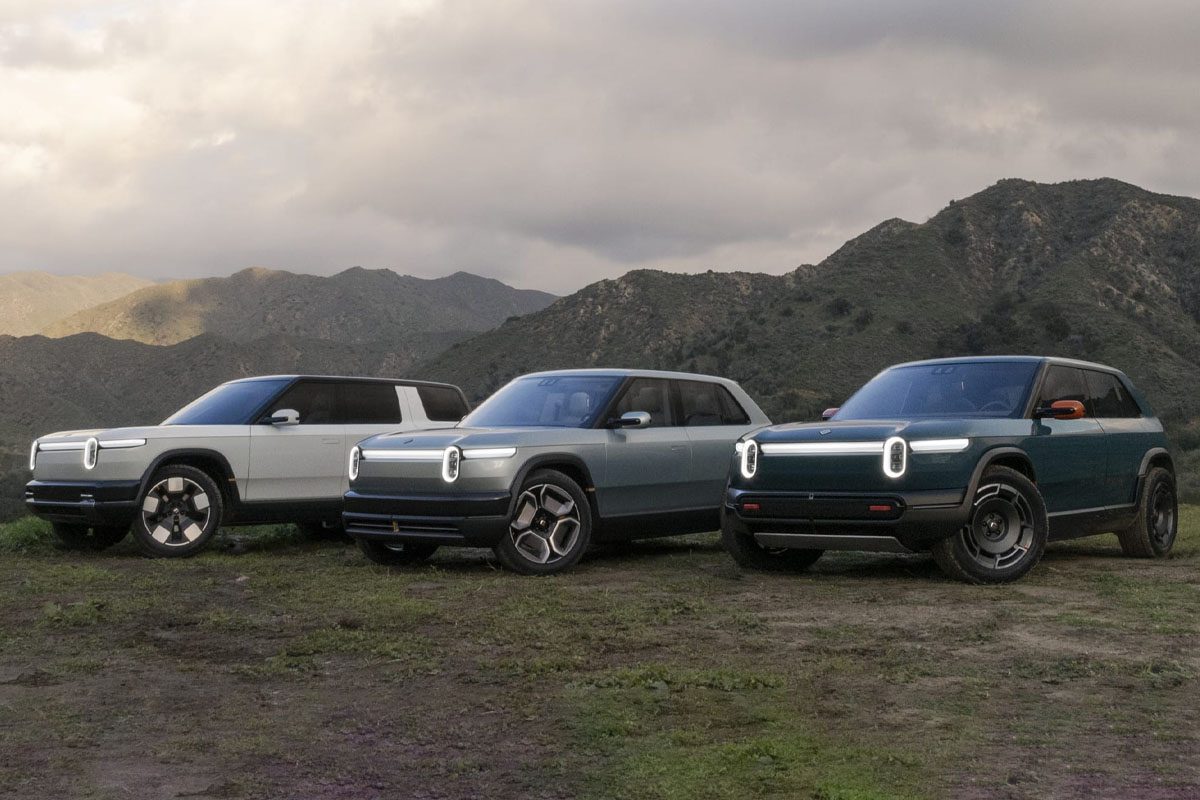
The R2 adopts the basic design language of the familiar R1S but is a good deal smaller. At 4.71 metres, the new model is in the size class of a Tesla Model Y, while the R1S is positioned in the luxury class at 5.10 metres. Incidentally, there is a simple reason why the R2 does without another letter like the “S”: Rivian planned it as an SUV only. With the R1 models, it was still necessary to differentiate between the “T” for the 5.48 metre long truck and the “S” for the 5.10 metre SUV. As no pick-up is planned for the R2, the “T” and “S” are unnecessary.
The design language is similar to the familiar models, and Rivian’s focus is on adventure. The R2 has several design features to set it apart from other models. The backrest of the driver and front passenger seats can be folded down to create a larger lying surface for camping in the car. And the rear window can be lowered in a similar way to the side windows “to create a unique open air driving experience,” according to the company.
The R2 will be delivered from the first half of 2026 at prices starting at around 45,000 US dollars – for Germany, the availability of the R2 is announced for 2027 (still without a price tag), but with an estimated range of 550+ kilometres. The R2 will initially be produced at the existing plant in Illinois. Rivian is putting the construction of the new plant in Georgia on hold for now. The company expects this step to save the 2.25 billion dollars in capital required for the market launch of the R2.
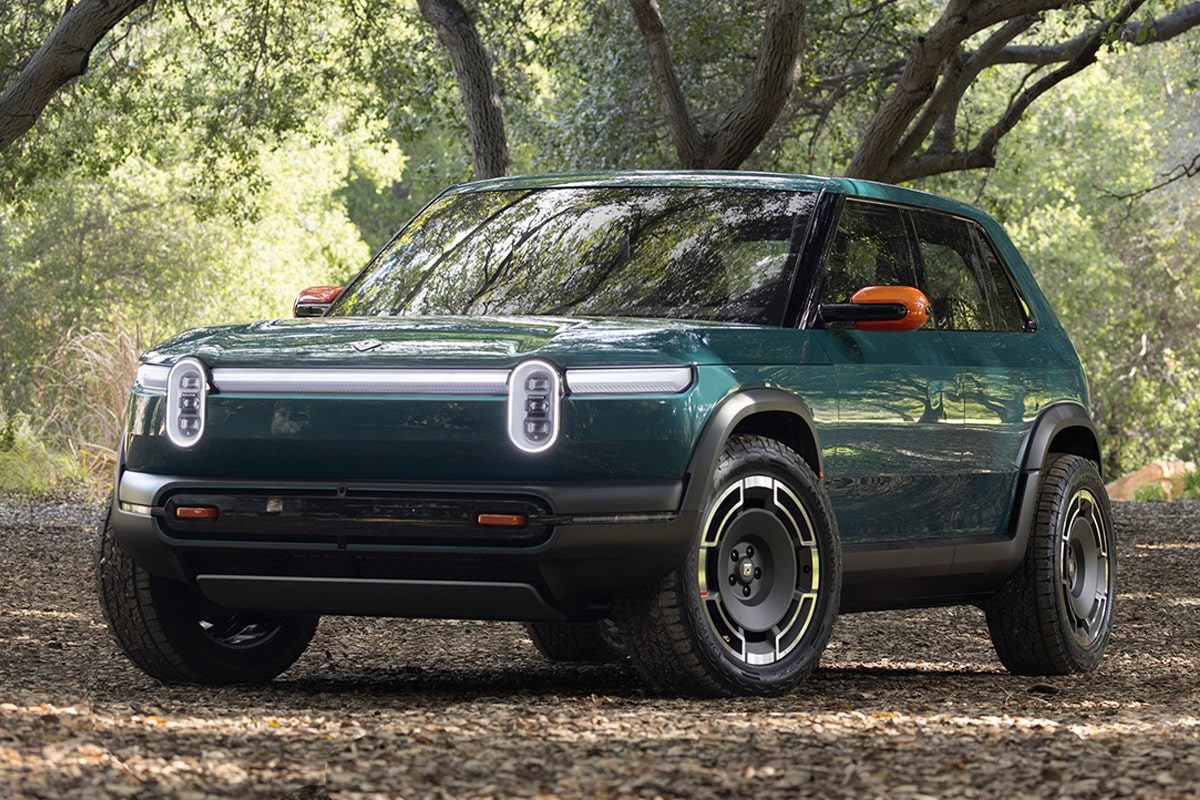
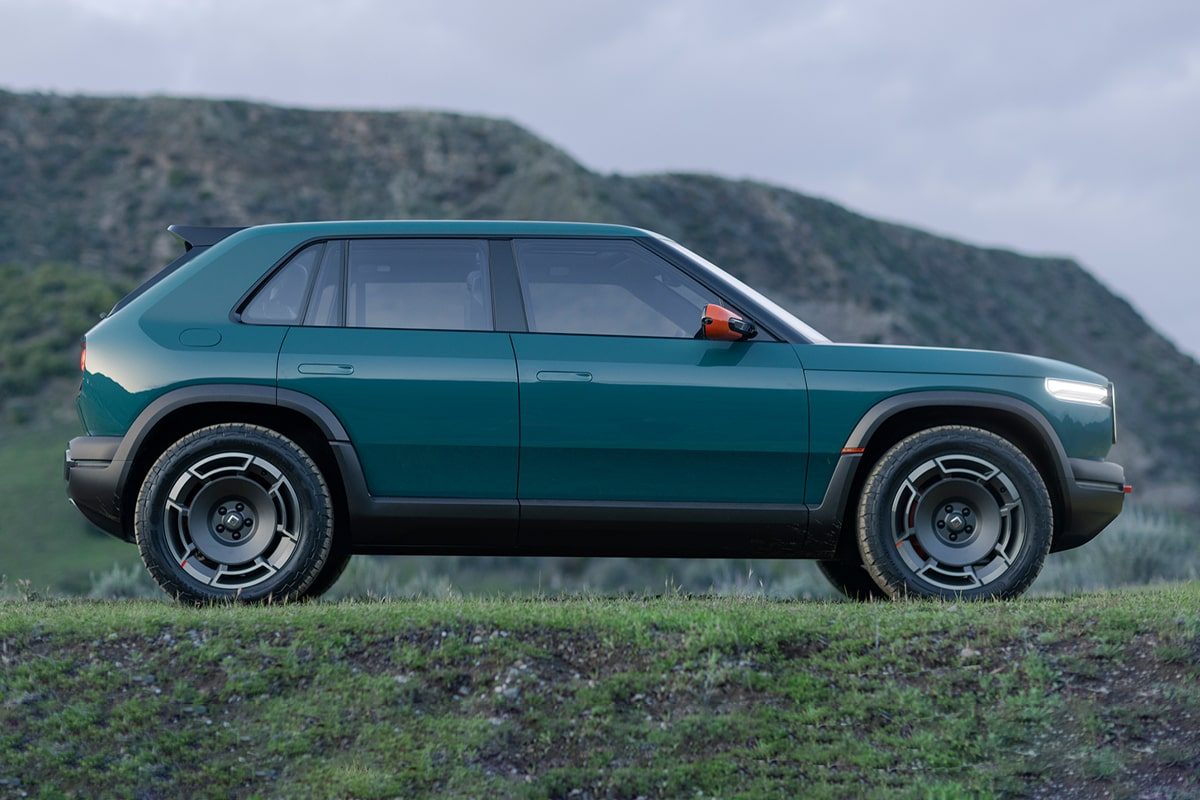
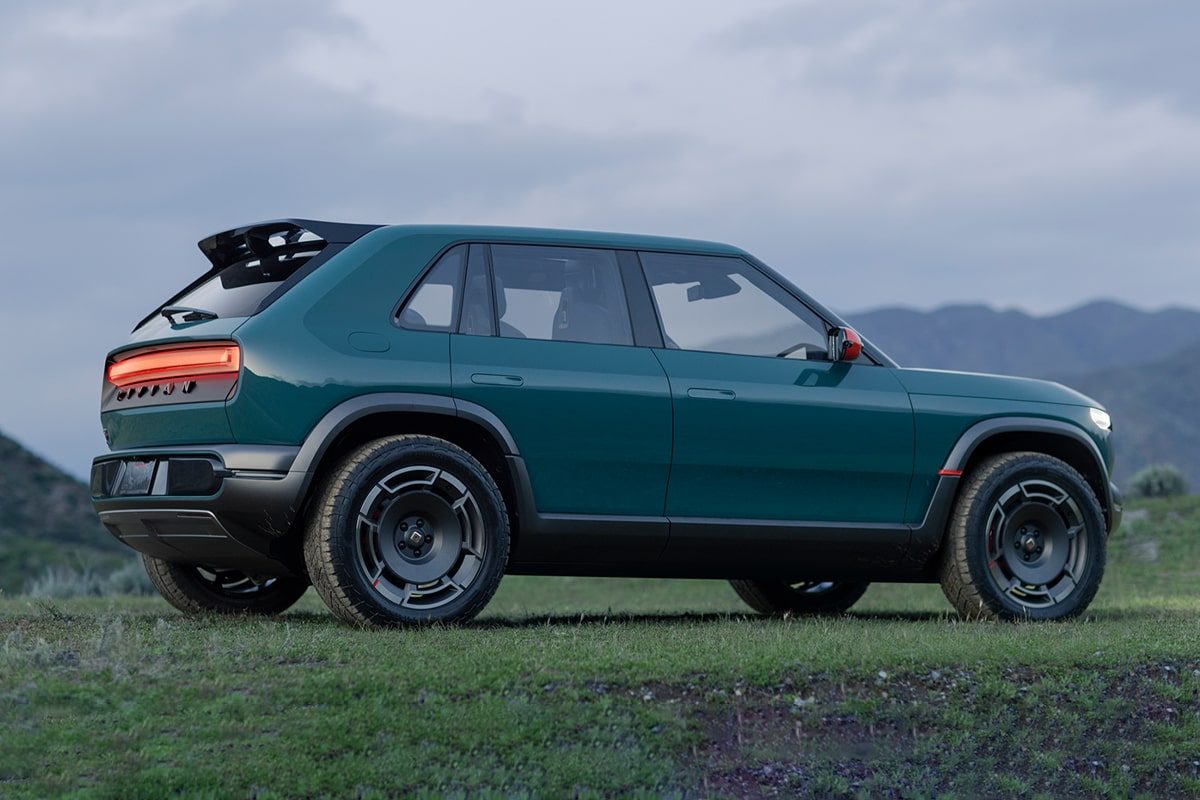
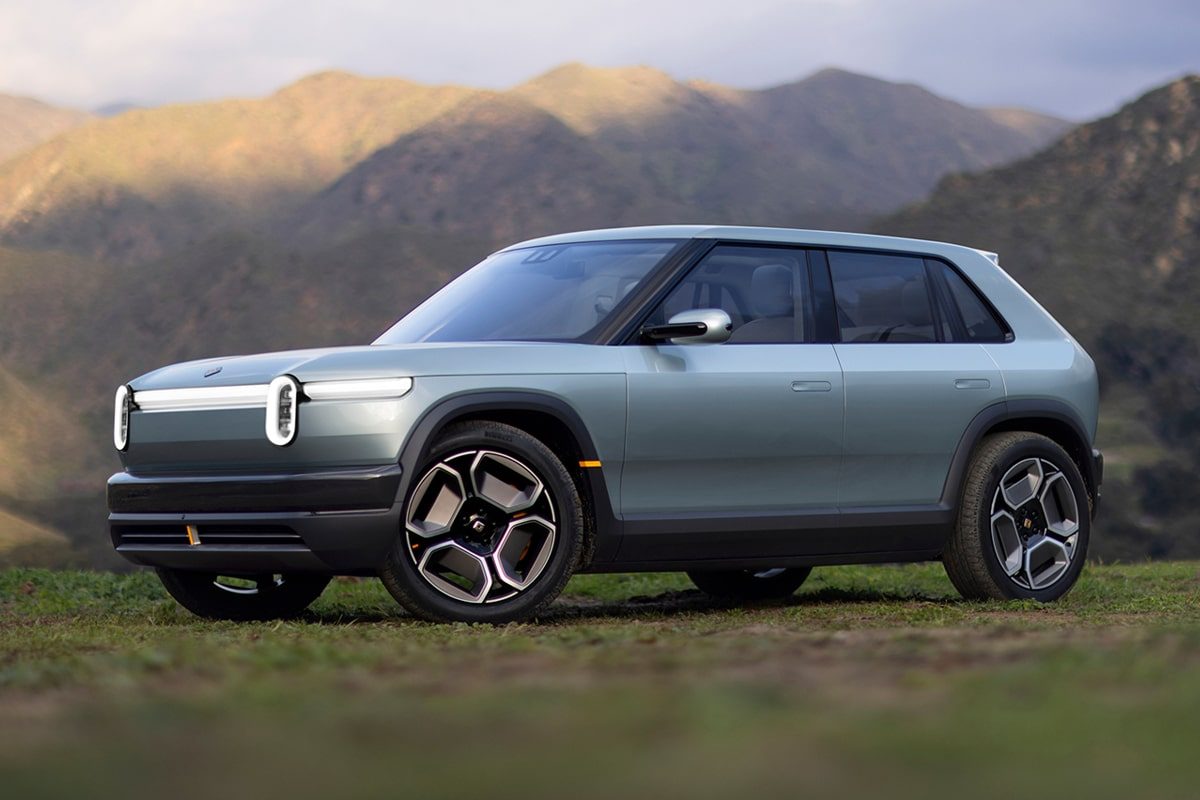
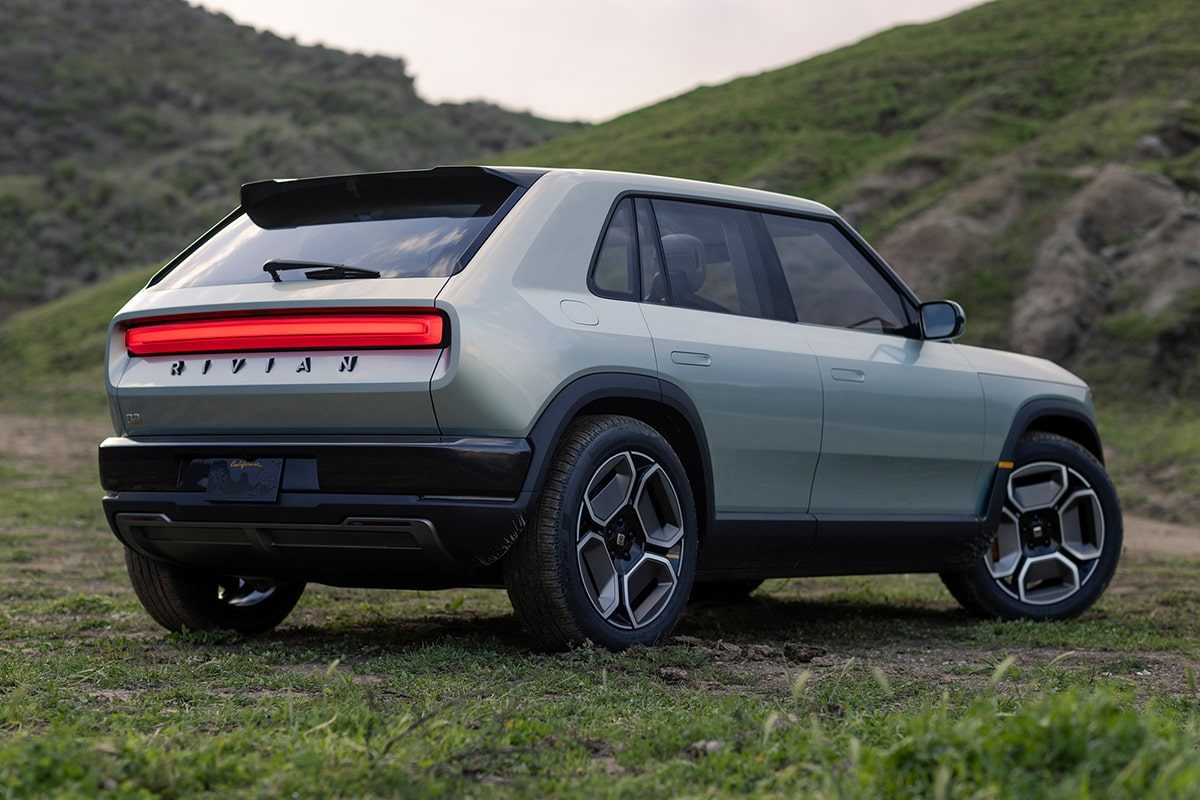
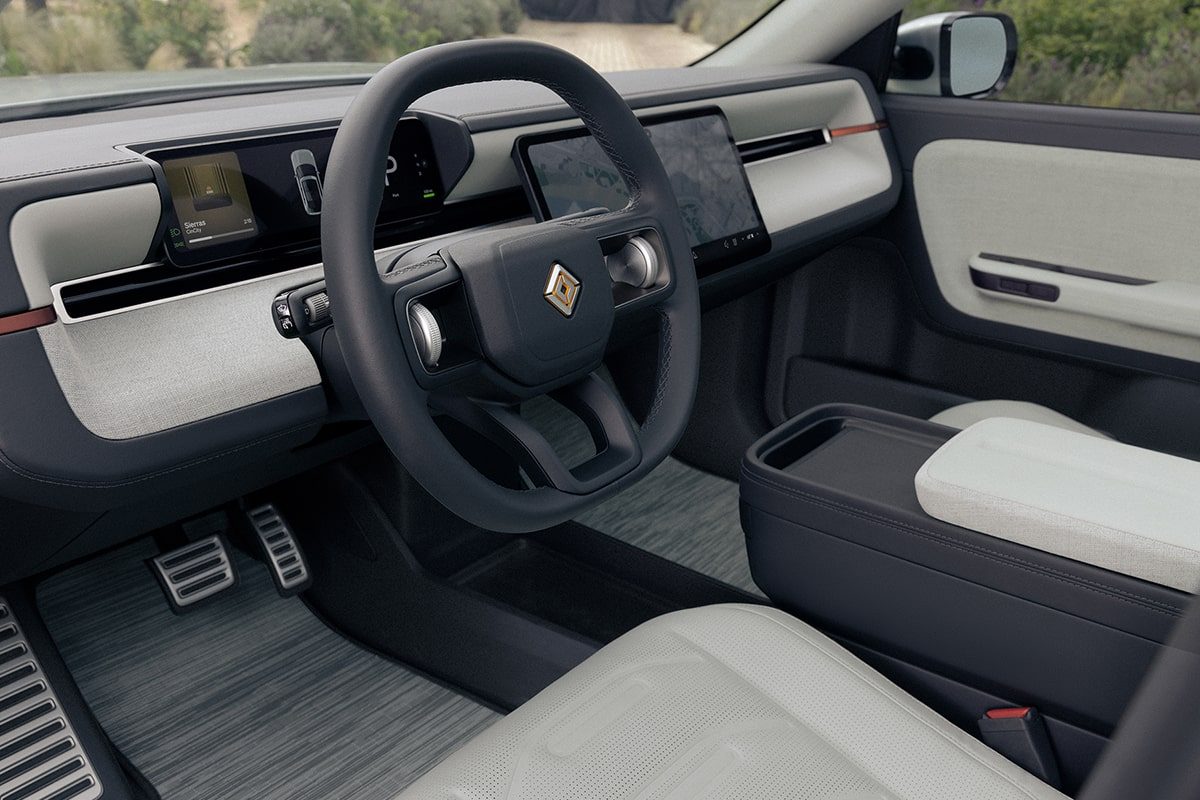
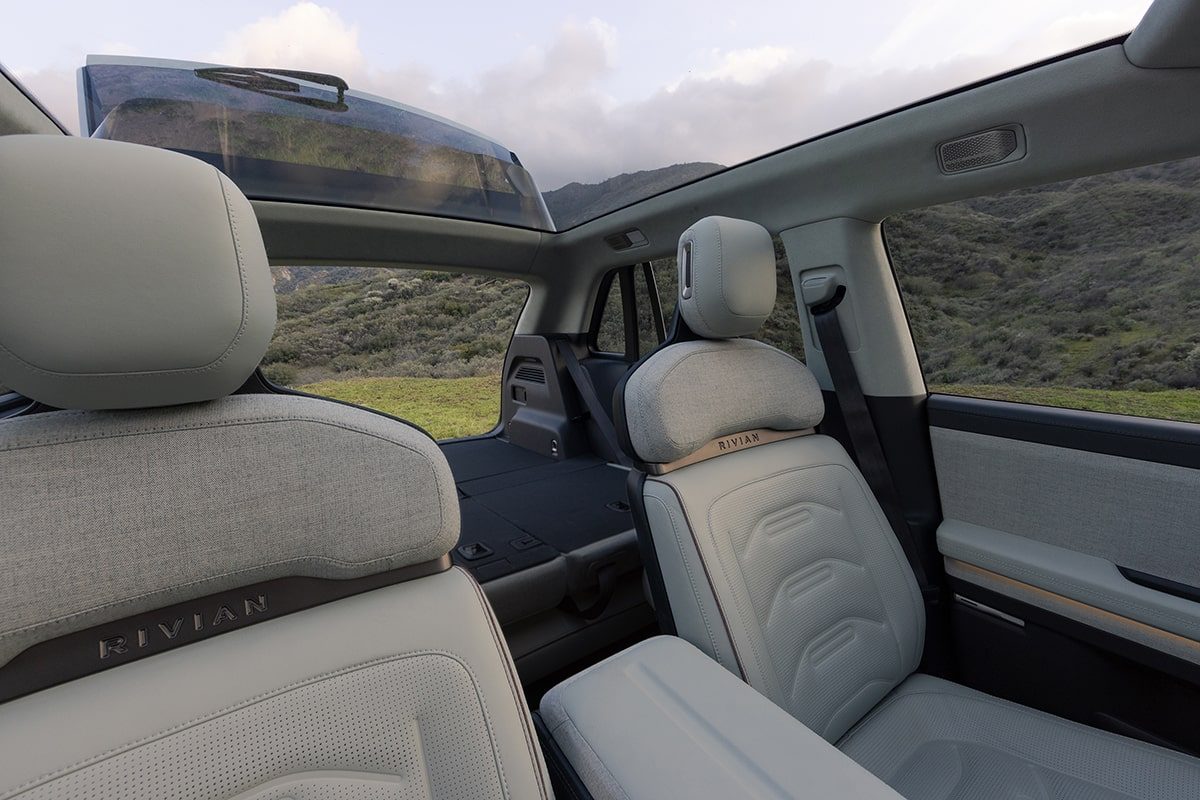
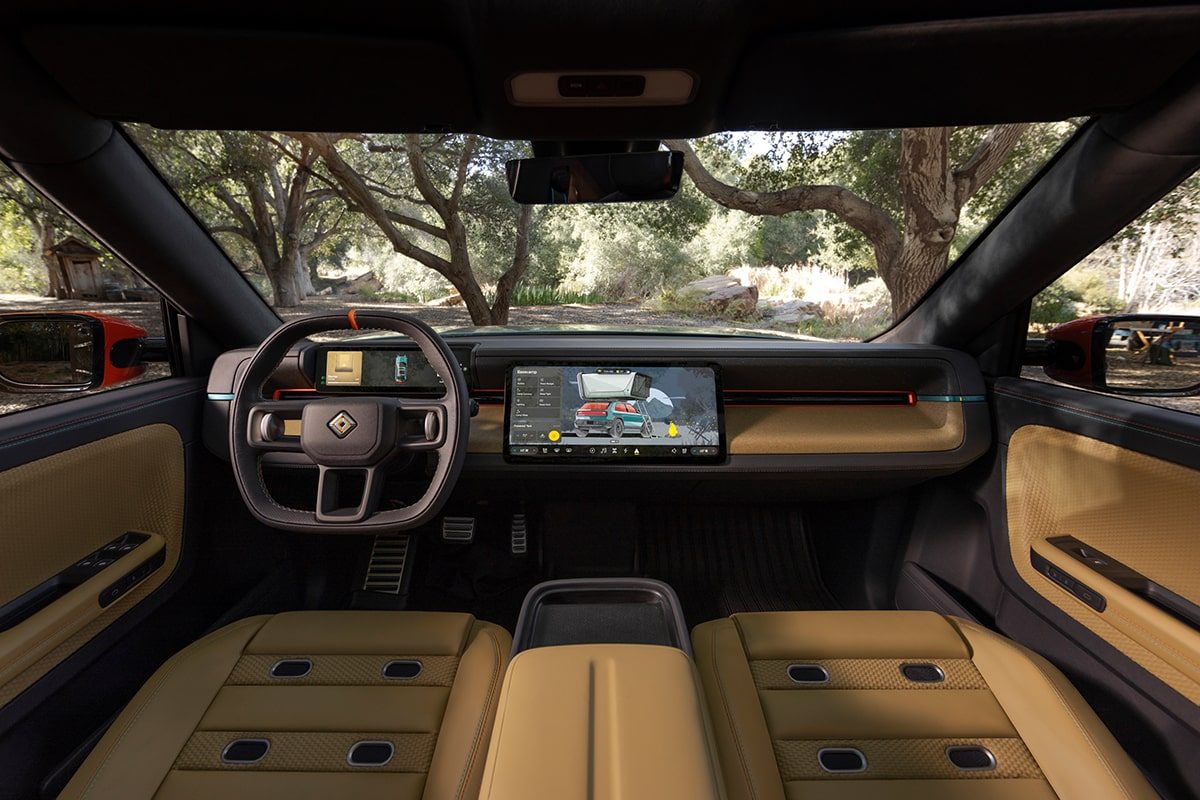
The R3 is even smaller than the R2, i.e. significantly less than 4.70 metres in length. It has the usual brand face at the front but differs from the R1S and R2 at the side and rear: The R3 has a rear windscreen angled at almost 45 degrees, whereas it is very steep on the other Rivians. That makes the R3 somewhat reminiscent of the Hyundai Ioniq 5 – parallels to the old Golf Cross Country have also been drawn on social media due to the slightly raised off-road design. And with a model called the R3X, there must also be a performance version.
The company still needs to provide further details on the smallest model; the focus was on the R2. When exactly the R3 will follow is, therefore, just as unknown as the markets in which the model will be sold. As the R2 will not be launched until 2026 at the earliest, it will probably be some time before the first R3 deliveries.

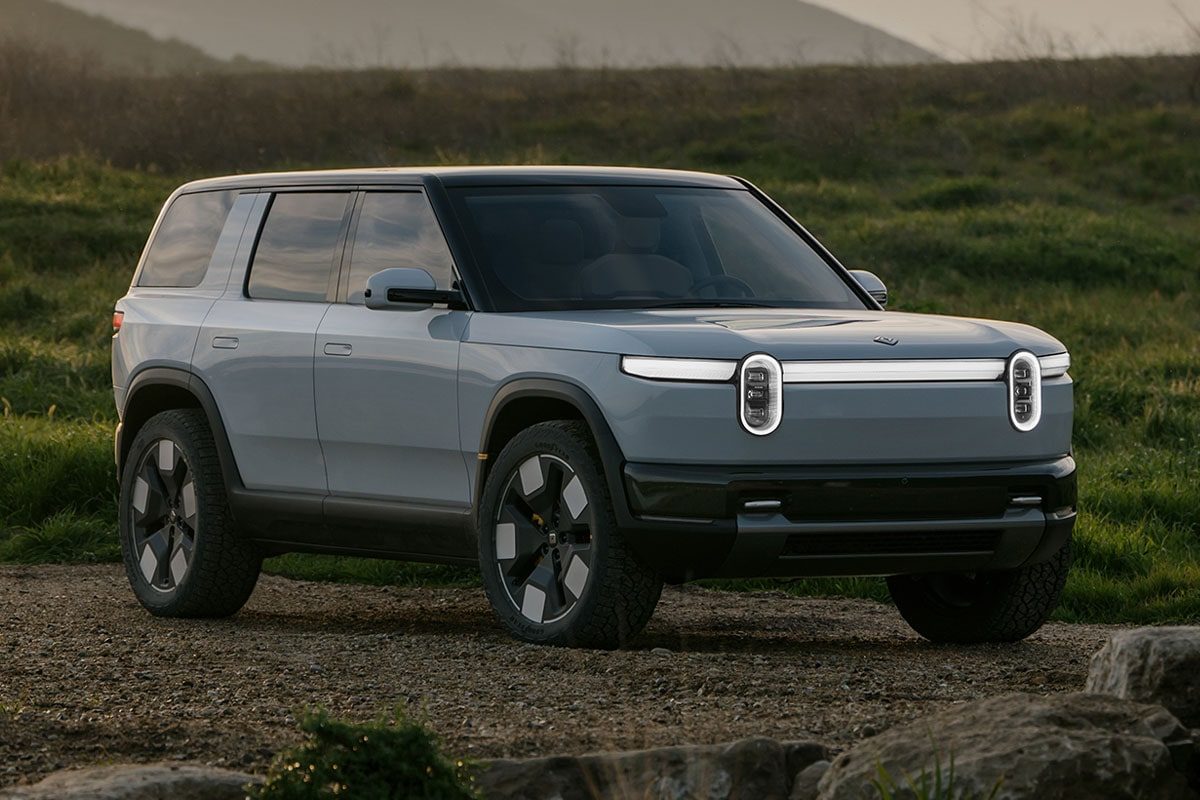
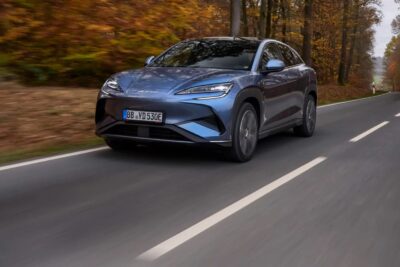
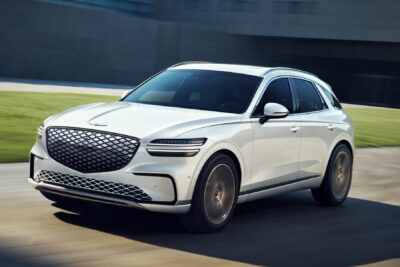
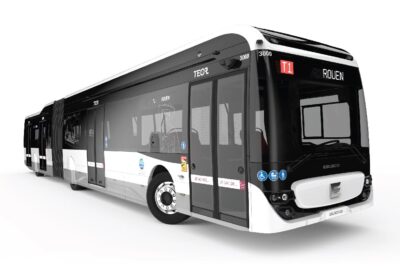
1 Comment